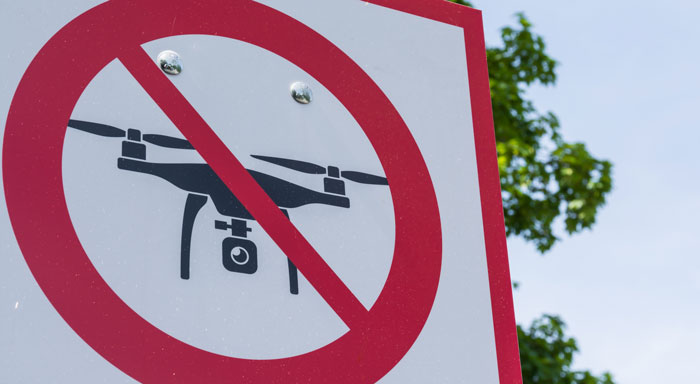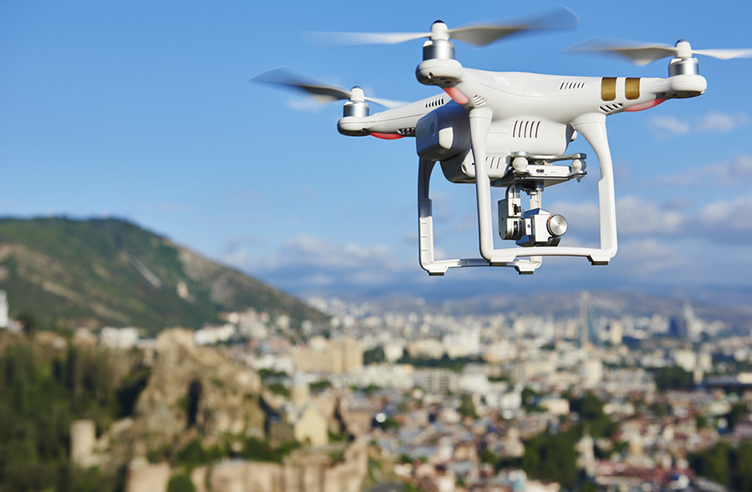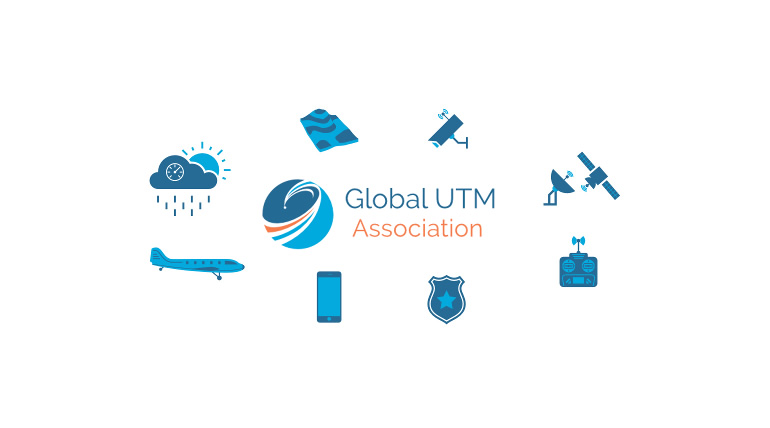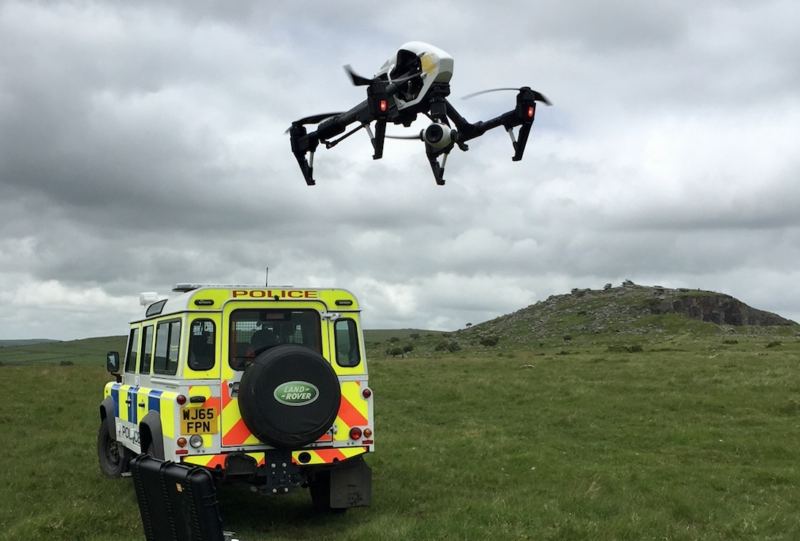The closure of Gatwick Airport last December, as a result of a drone flying above the runway, has prompted more debate about how we deal with the growing number of drones in the skies.
In tonight’s episode of Heathrow: Britain’s Busiest Airport, you’ll have seen the impact the incident had on the team of controllers at Heathrow and the wider airport, but of course that was just part of the story.
During the closure, we were busy working with Gatwick and the airlines to safely manage the impact of what was happening, helping pilots to divert, coordinating with other airports and air traffic services, while also holding departures on the ground. Obviously the priority was the safety of passengers and it’s testament to everyone involved that safety was maintained throughout the disruption.
This animation, made using real radar data from 19 December 2018, show the impact of the incident on the wider airspace, with diversions shown in red.
Over the course of events, our controllers handled dozens of diversions to airports from Schiphol to Liverpool. The coordination needed to do that safely shouldn’t be underestimated. It also underlines the huge task faced by the airlines in keeping their passengers informed.
But how can we as an industry – including the government and regulator – work together to reduce the chance of this happening again? And if it was to occur again in the future, what can we do to reduce the impact on operations? There is no simple answer, – instead, a multi-layered approach involving a mixture of on-going education and engagement, together with targeted regulation, appropriate incentives and new technology is what is required.
It is already illegal for a drone to fly within 5 km of an airport or above 400 ft, and most modern, high-end drones have a form of geo-fencing inbuilt meaning they cannot fly close to airports or other areas of restricted airspace. But, it is possible for that software to be overridden and clearly the rules are of no concern to people intent on causing disruption whatever the consequences. Similarly, mandatory drone registration due to be introduced in October of this year, is welcome and will help identify operators, but it is still doesn’t prevent determined law-breakers.
Now the dust has settled after December’s Gatwick and Heathrow drone sightings, policy makers and regulators are working hard to determine what more can be done to safeguard passengers and deter any possible reoccurrence. Similarly, more work needs to be done to understand the various ‘anti-drone’ technologies that now exist and how they might help protect sensitive locations, like airports or prisons, in future.
But unless these surveillance technologies are fully integrated with an Unmanned Traffic Management (UTM) system, then we simply can’t differentiate between those flying responsibly and those that are determined to cause disruption – and that does nothing to help our airports cope at times of disruption. Our Airspace User Portal (AUP) that went live last month and is operational across our centres and many of our airports, is aimed at solving that very problem.
For us as an air traffic control service, the biggest risk, and one of the reasons why drone sightings cause such disruption, is because we cannot see them on radar. Electronic conspicuity –making drones visible to air traffic systems – is something we have been pushing for and would like to see made a priority, either voluntarily by drone manufacturers or through regulation, if that’s what it takes. It would help reduce disruption during airspace infringements and is a key requirement if drones are ever to be safely integrated with conventional aircraft in controlled airspace.
We saw a glimpse of the future in November 2018 during Operation Zenith and it’s an example of how drones – managed and used responsibly– are a useful tool. But without a comprehensive picture of the airspace and visibility of who’s using it, the challenge of keeping our skies operating smoothly and safely becomes harder.
There will always be stupid and irresponsible people who break the law, but there are things the industry can do to make drone flying as safe as possible. We want to see a safe and successful integration of drones into today’s manned aviation industry – the challenge is doing that safely, which will always be our first and last priority.
Comments
Please respect our commenting policy and guidelines when posting on this website.





27.06.2019
06:28
Christopher Berry
So were the offenders at Gatwick clueless, careless or criminal Andy?
Oh and which of those definitions do you use for those thousands of people who fly lawfully, with all the permissions and abide by all regulations???
27.06.2019
07:39
Christopher Berry
Clueless, careless, criminal???? Discuss!
14.11.2019
13:58
Barrie Ward
Nearly a year later and with the assistance of several police forces and the army they haven’t arrested anyone (well, anyone credible anyway), found the drone in question nor proved that a drone was involved at all. Hmm.